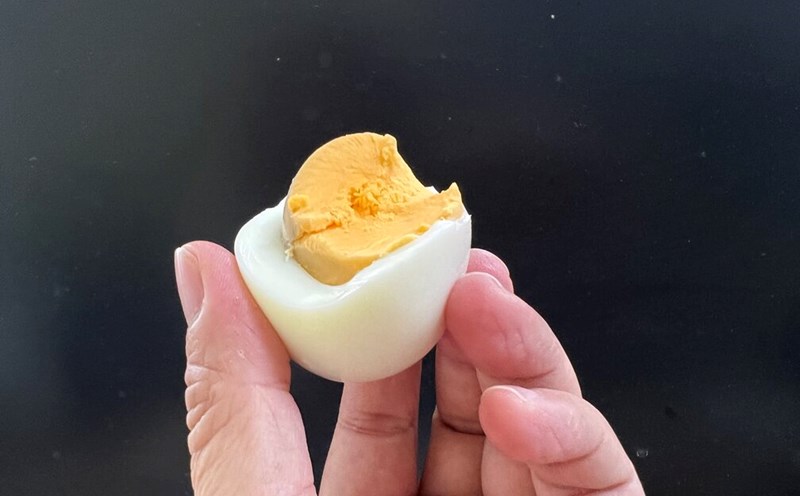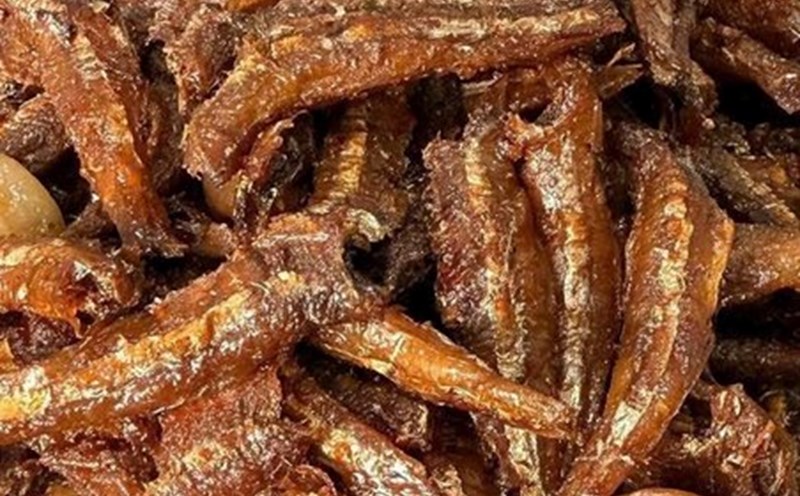Calcium is an essential mineral that plays an important role in the formation and maintenance of a strong bone and tooth system, and participates in the process of blood clotting, nerve transmission and muscle contraction.
According to research, 100g of copper shrimp contains about 9001200mg of calcium, especially most of the calcium is concentrated in the shell. Compared to cow's milk, which contains about 125mg of calcium per 100ml, the amount of calcium in shrimp is superior if eaten with the skin. In addition, calcium from small, whole animals such as shrimp is often in the form of calcium photphat and calcium carbonate - which are easier to absorb than many plant-based foods.
Easy-to-process shrimp dishes
Supplementing calcium with shrimp is not only effective but also very suitable for the culinary habits of Vietnamese people.
Roasted shrimp, stately shrimp or vegetable shrimp soup are all ways to process to retain the shrimp shell - which contains a large amount of calcium. Another plus is that shrimp is also rich in protein and zinc, which support height development, increase immunity and prevent osteoporosis in the elderly.
However, to get the most calcium from shrimp, it is necessary to pay attention to eating with foods rich in vitamin D such as eggs, salmon or taking regular sunathes to promote metabolism.
People with a history of gout or kidney disease should use shrimp in reasonable doses because the purine content in shrimp is also quite high.
Shrimp is a rich source of calcium, suitable for many subjects, from developing children to the elderly at risk of calcium deficiency.
Taking advantage of this food source not only helps supplement calcium effectively but also contributes to building a healthy, economical diet.











